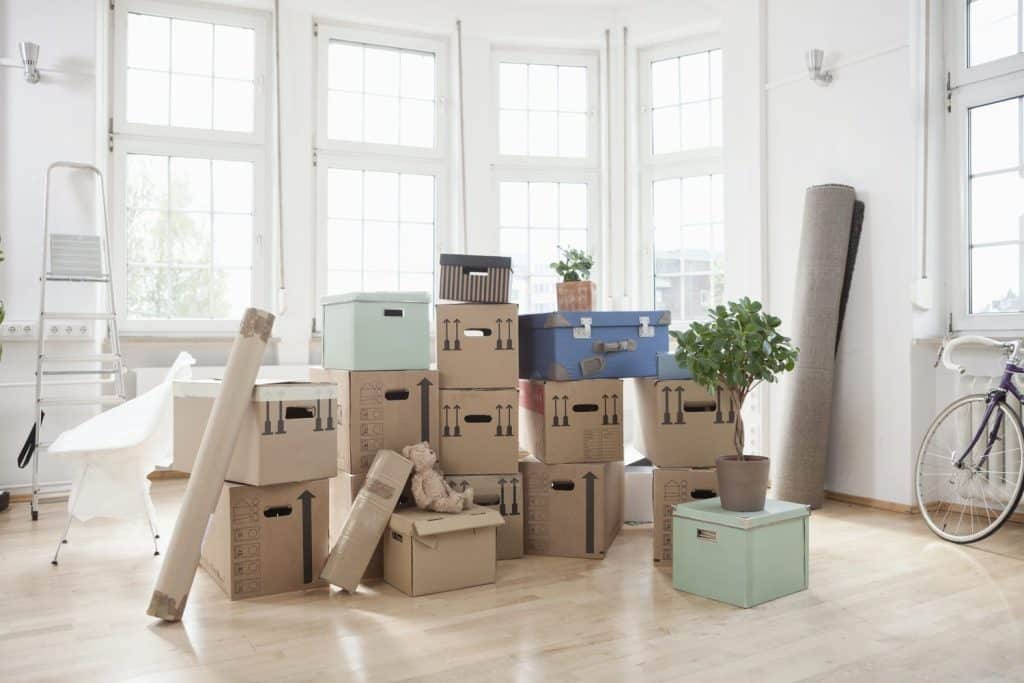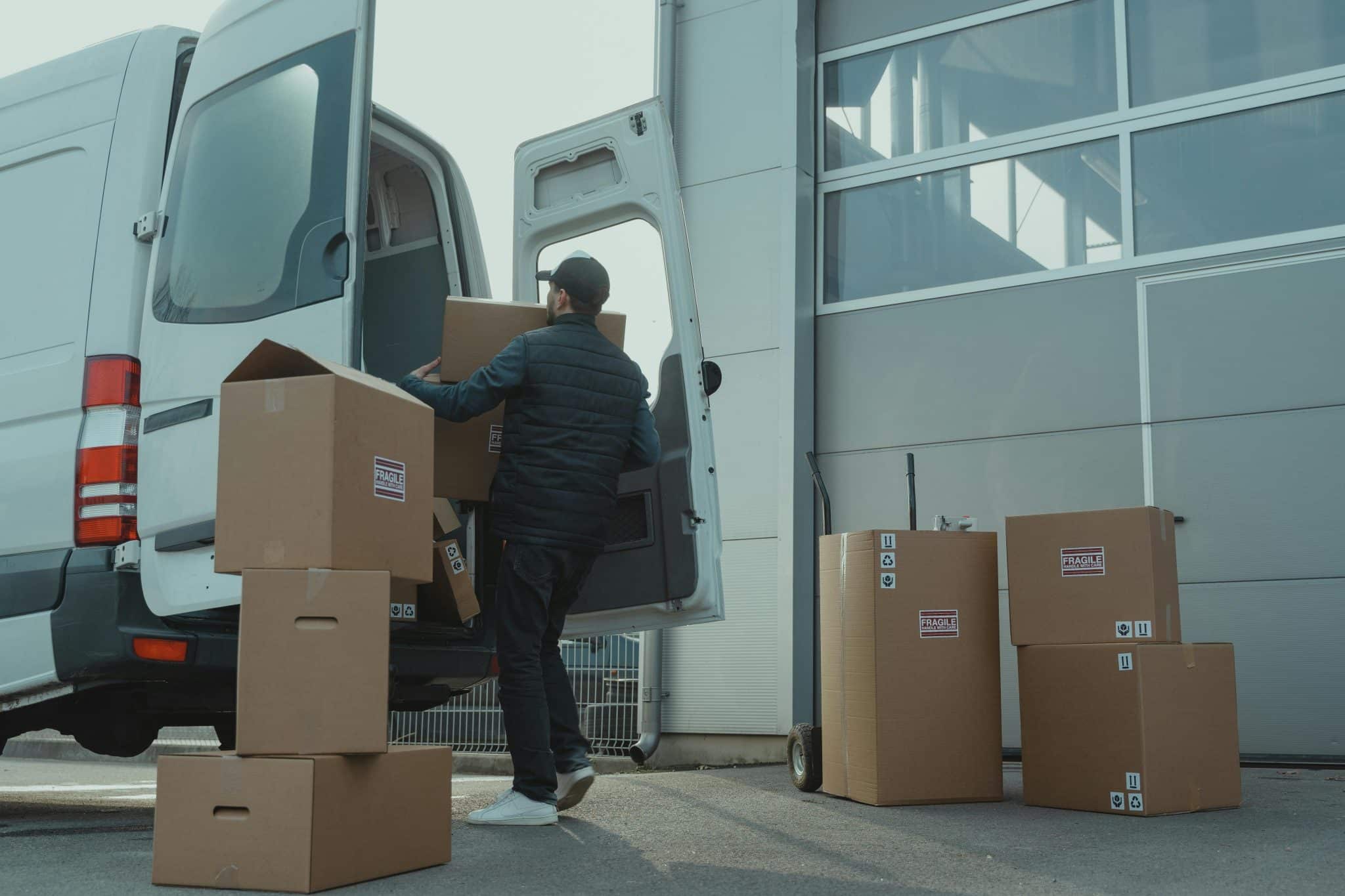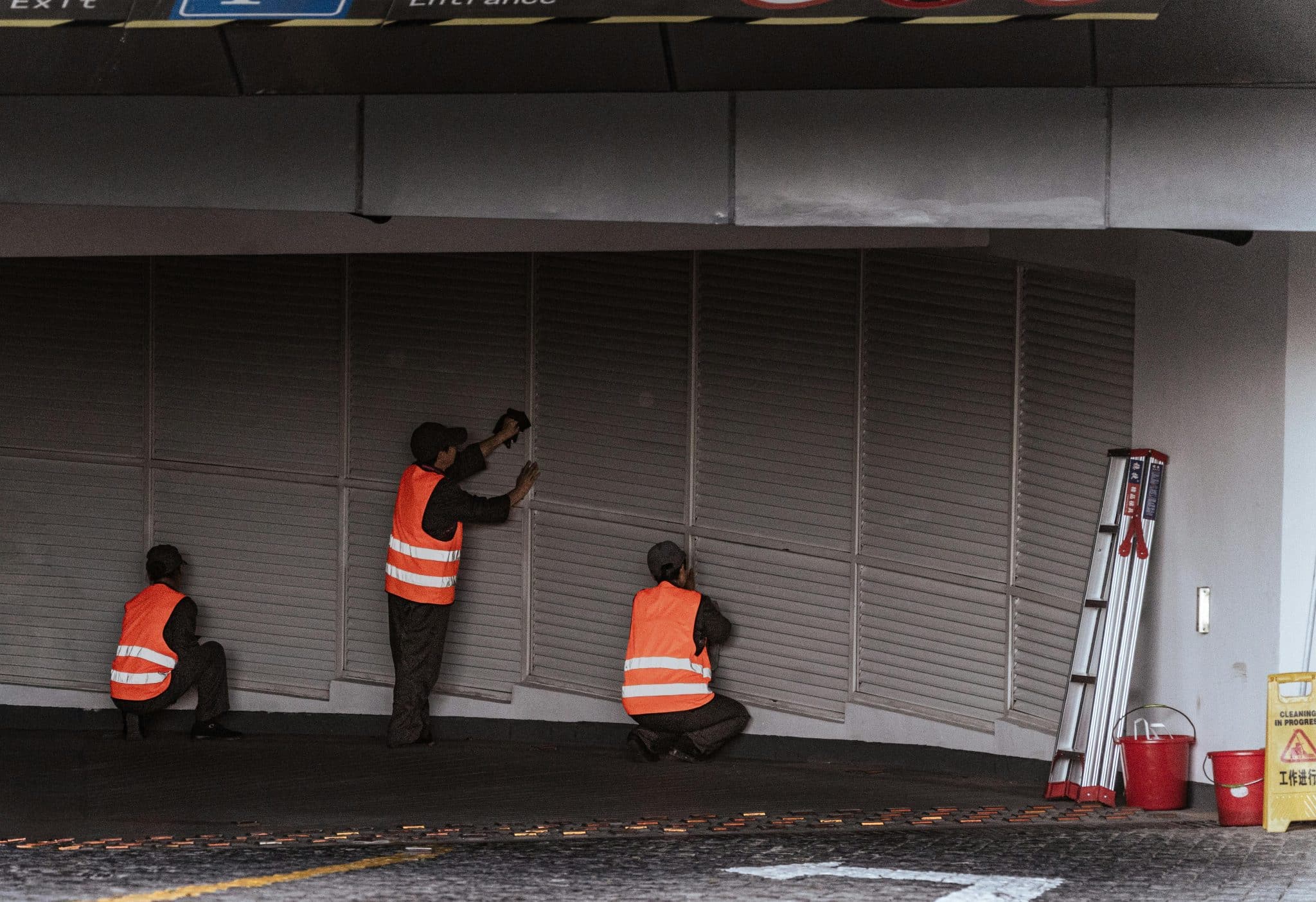If you have been looking for short distance movers near me you might have been also planing your move to a new home just on the other side of town or even a couple of blocks. A nearby move might appear less stressful than a distant one, but it is not chaos-free!
When it comes to things like that, it is knowing what goes into the boxes and what you take with you that can make all the difference. Will it be a smooth transition or a day spent digging through taped-up boxes looking for your toothbrush? It’s small things like these you need to consider.
Let’s break down a smart plan for short moves. We’ll take into account what you can pack into boxes and what you should leave within easy access.
The Nature of a Short Move
A short move generally means you’re relocating within the same city or neighborhood. You might even have access to both places at the same time, which gives you more flexibility. That’s a huge plus!
As opposed to moving far away, where it all gets packaged up neatly to drive down in a large truck and drop it all at once, there’s room for you to make several trips. You can adapt. You don’t have to wrap it all up in boxes military style. But that isn’t an open invitation to dump items freely into your car or a truck of the short-distance movers in Boston or any other city you found nearby.
Short trips get to have a more relaxed packing approach, but you’ll still need a plan. That starts with knowing what you really need to take with you.
Deciding What to Take With You

Not everything has to be packed in boxes. Some things are too valuable, too fragile, or just too handy to be under all that bubble wrap. Those have to come with you in your car or on your person.
Make an essentials bag. Think of this as if you’re going on a one-night stay. Pack the basic things you’ll need immediately, for example:
- Toothbrush and toothpaste;
- Spare clothes;
- Medications;
- Power bank and phone charger;
- Toiletries (face wash, deodorant, etc.).
This is your package that has everything you might need in the first 24 hours. Even with labeled boxes, you don’t want to be digging through kitchen stuff to get your shampoo.
The next category is the valuables and fragile Items. Don’t let your favorite jewelry, laptop, or grandma’s old watch bounce around in the back of a moving truck. The professionals, like Paradise Moving & Storage, will take care of your boxes, but anything can happen on the road. Bring those things along so you can keep an eye on them while the commercial movers can take care of the heavy lifting.
Passports, identification, lease, and any other important documents you can’t afford to lose should stay with you too. A small folder or envelope can hold everything safely and neatly.
All of your day-to-day-use items must be within easy reach. Your wallet, keys, water bottle, and snacks are. And if you have a pet, don’t leave them behind. Their food, leash, and comfort toys go along too.
Keep everything unsorted in a duffel bag, roll-aboard, or heavy-duty pack with dividers. Laundry baskets and open totes work, too. You’re not getting far, anyway, so access wins out over careful packing.
Things to Pack in Boxes
Now that you’ve got the items you’ll take care of, it’s time to talk about what goes into boxes. The good news is, for local moves with the help of professionals like Paradise Moving & Storage, boxes don’t need to be packed too full or taped up tight. Just keep them organized and light enough to lift.
Start packing up what you won’t be using on move day or immediately after, for example:
- Books;
- Decorative items;
- Extra towels and linens;
- Off-season clothing;
- Appliances that you do not use frequently.
These can be unpacked at leisure without urgency. Bulky but non-fragile items go there too. Towels, bedding, and shoes are space eaters but not prone to breakage. Pack them up or fill them into large bags or containers.
Categorize by room, too. Keep similar items together. Label your boxes by room, “Kitchen,” “Bedroom,” “Bathroom”, to make unpacking easier. For example, put all your baking gear in one box and your mugs and plates in another.
For items you’ll want to access soon (but don’t need to carry), use clear plastic bins. They’re great for spotting what’s inside without tearing off tape or opening everything at once.
Smart Strategies for a Short Move

The brilliance of a short move is that you don’t have to do it all at once. Apply that flexibility to pack smarter, not harder.
Create a simple packing list before moving. Put down what you want to take with you and what you’ll pack into a box. That way, you won’t be confused and leave something behind at the last moment.
Use your own car strategically. Pack your car with items that are delicate, valuable, or hard to pack. You can even make a “soft load” run ahead of the moving day to pick up items like clothes, lamps, and plants.
Don’t overpack. For a tiny move, skip the need to tightly close every box. Tote bags, reusable grocery bags, baskets, and even pillowcases will do. Speed and efficiency get the job done.
Multiple trips are fine. If time allows, do a few smaller loads. You’ll be less overwhelmed, and your fragile items won’t get lost in the shuffle.
Some things are best left out of sealed boxes altogether, even for short moves, for example:
- Perishable food. Use a cooler for fridge or freezer items you’re bringing with you.
- Liquids. Soaps, cleaners, or open bottles leak and destroy your belongings.
- Temperature-sensitive items. Candles, makeup, batteries—avoid placing these in hot cars or sun-exposed boxes.
With this in mind, you’ll be good to go!
Conclusion
Smart packing for a short move is all about strategy. Unlike with long distance moving, you don’t need to worry about every box being packed just so. Pack up what you’ll be using in the immediate future: your essentials, your valuables, your everyday items. Bring those with you.
The rest pack thoughtfully, but don’t obsess over it. Label your boxes, use bags where practical, and enjoy the absence of restriction that a short move allows.
Remember: carry what counts, pack what doesn’t. That easy strategy can turn your short move a lot simpler — and maybe even enjoyable.








